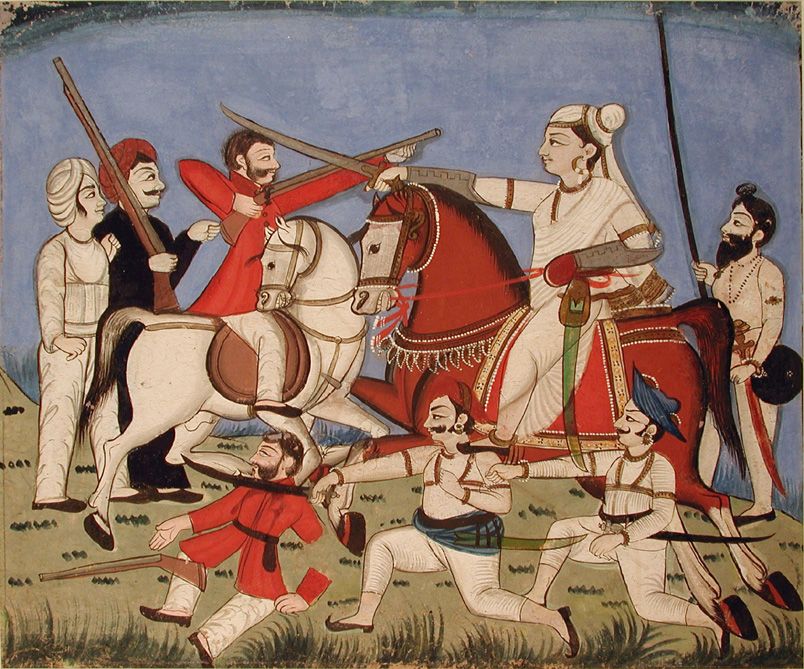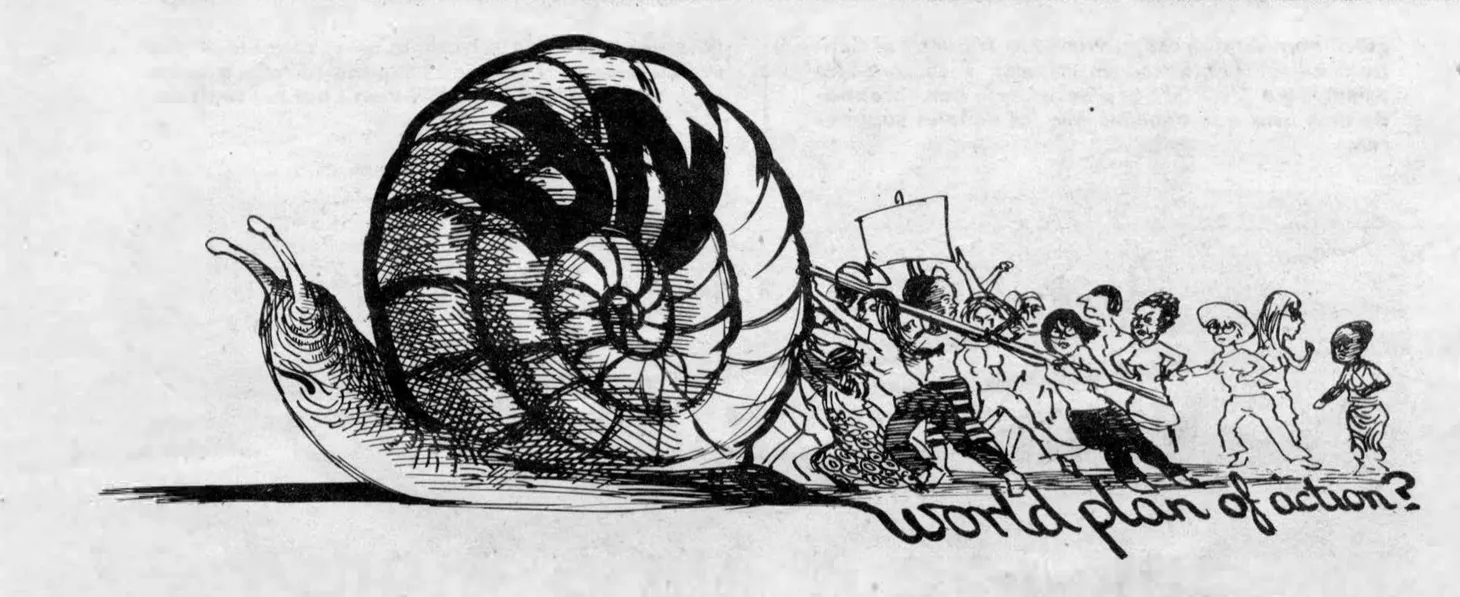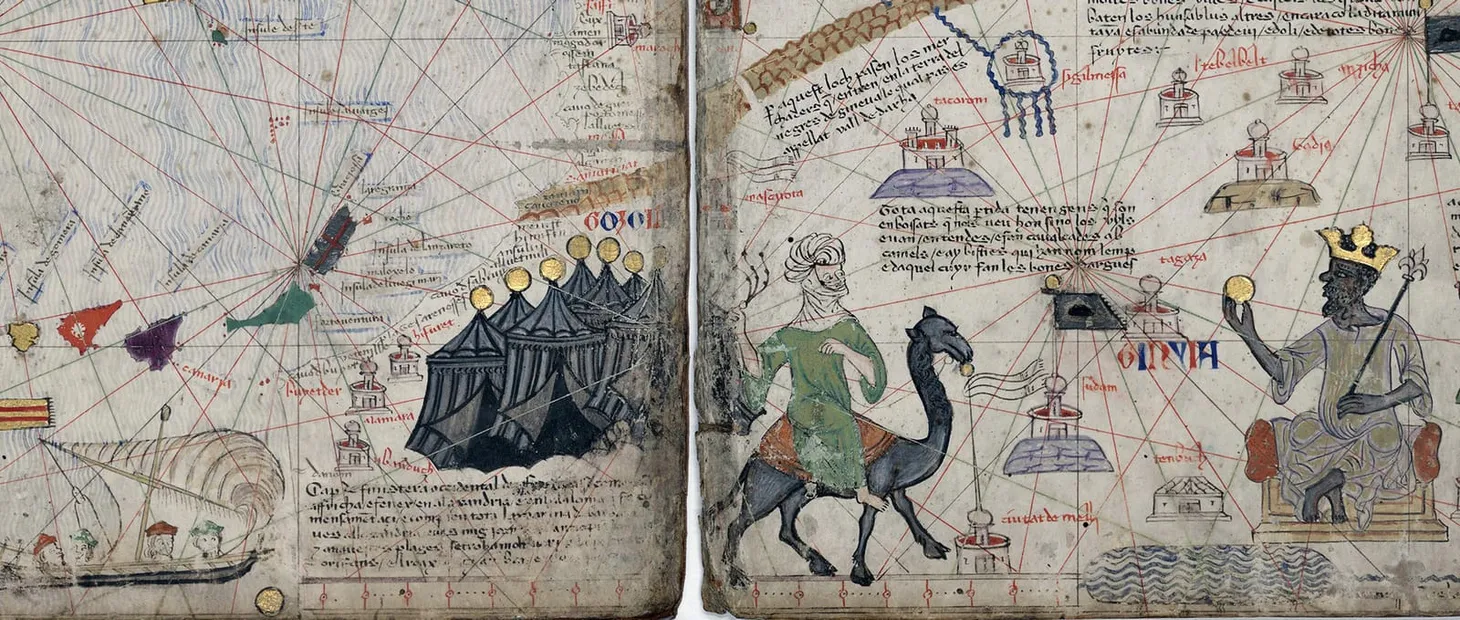“The Invaders Will Know No Tranquility”: The Transition to New Imperialism, 1840-1880
A discussion of how to teach European imperialism between 1840 and 1880.

Most teachers have strong feelings about the books we use in our classes. Some of us get stuck with a textbook assigned by the school district, and some of us get to choose the books we use. These books shape how we teach world history and how our students understand it. When I began teaching world history, I didn’t understand how much book choices matter. Many world history textbooks end the earlier phase of European imperialism with the Atlantic Revolutions and then cover the Industrial Revolution. There may then be a chapter on events in other parts of the world before turning to New Imperialism in a later chapter. This arrangement contributes to a sense of discrete periods. For students, late nineteenth-century imperialism magically began with the Berlin Conference in 1884.
When I began teaching James Carter and Richard Warren’s Forging the Modern World: A History, I questioned at first their use of “odd” dates to mark chapters, but I appreciated how they integrated events from most of the world in every chapter. Their use of overlapping periods and globally focused chapters helped students see the development of New Imperialism in the late nineteenth century as more of a natural evolution connected to industrialization, earlier British trade with their colonies, and the restructuring of the Ottoman Empire.
Our students are new to world history (and the study of history in general). They don’t naturally see the connections. We need to help them see the subtler ways in which events are interconnected over time and across space. Students benefit from seeing the gradual transition during the middle of the nineteenth century to New Imperialism. One way to see this transition is by spending a class exploring how the intensive aspects of New Imperialism emerged, even while Europeans controlled less territory. Students can also see how resistance by colonized peoples existed from the beginning and shaped how European imperialists governed.
Treaties and the Growth of Empire
In my introductory post on New Imperialism, I discussed being careful about overwhelming students with maps. We don’t need to show students a map of every imperial conquest, but we can mindfully use maps to show the growth of European empires in the nineteenth century. For example, the three maps below chart the steady expansion of the British Empire between 1800 and 1939. They help students visualize the growth of the British Empire in the middle of the nineteenth century.
This content is for Paid Members
Unlock full access to Liberating Narratives and see the entire library of members-only content.
SubscribeAlready have an account? Log in



